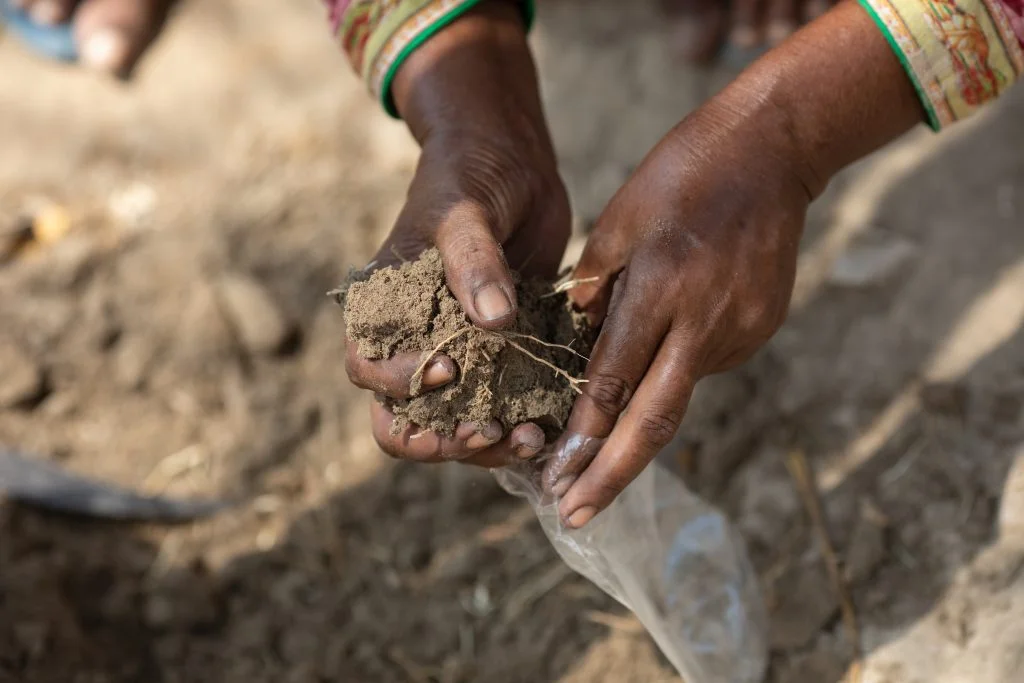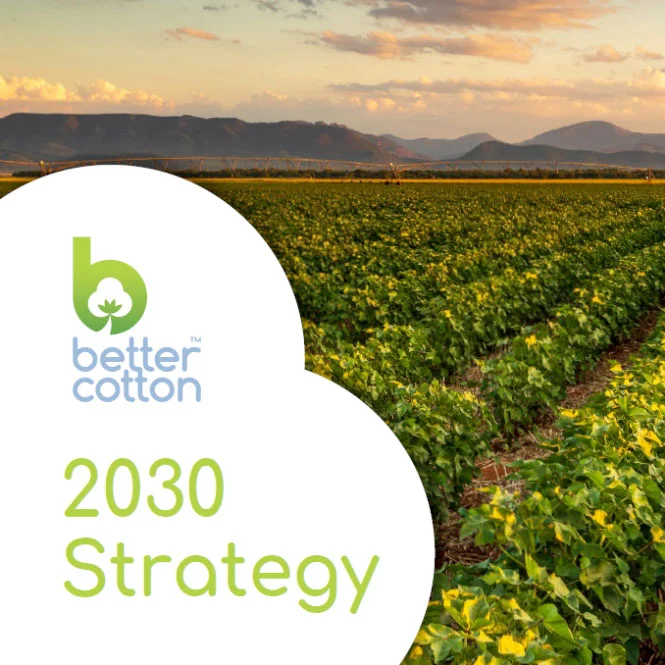- Who we are
- What we do
In just over 10 years we have become the world’s largest cotton sustainability programme. Our mission: to help cotton communities survive and thrive, while protecting and restoring the environment.
- Where we grow
Better Cotton is grown in 22 countries around the world and accounts for 22% of global cotton production. In the 2022-23 cotton season, 2.13 million licensed Better Cotton Farmers grew 5.47 million tonnes of Better Cotton.
- Our impact
- Membership
Today Better Cotton has more than 2,700 members, reflecting the breadth and diversity of the industry. Members of a global community that understands the mutual benefits of sustainable cotton farming. The moment you join, you become part of this too.
- Associate Membership
- Civil Society Membership
- Producer Organisation Membership
- Retailer and Brand Membership
- Supplier and Manufacturer Membership
- Find Members
- Member Monitoring
- Better Cotton Platform
- myBetterCotton
- Resources – Better Cotton Conference 2022
- Complaints
- Whistleblowing
- Safeguarding
- Get Involved in the Better Cotton Programme
- Thank you for contacting us
- Better Cotton’s Data Privacy Policy
- Log in
- Members’ Area
- Request for Proposals
- Better Cotton Cookie Policy
- Web Reference
- Measuring Cotton Consumption
- How to Implement the Chain of Custody Standard
- Resources – Better Cotton Conference 2023
- Certification Bodies Old
- Latest
- Sourcing
- Latest
The founding premise of Better Cotton is that a healthy sustainable future for cotton and the people that farm it is in the interests of everyone connected with it.
Let us help you find what you’re looking for
Results for {phrase} ({results_count} of {results_count_total})Displaying {results_count} results of {results_count_total}

By Ashok Krishna, Sustainable Livelihoods Senior Coordinator at Better Cotton, and Heleen Bulckens, Senior Program Manager Materials at IDH


With proposed changes to the EU’s much-talked-about Corporate Sustainability Due Diligence Directive being debated, the livelihoods of millions of smallholder farmers could be on the edge of a significant change. The amendments in question would create a legal framework of accountability for EU-based companies, paving the way for smallholders to achieve a living income – a huge step towards creating better livelihoods for smallholders across industries, and particularly for the 90% of cotton farmers worldwide who grow cotton on less than two hectares of land.
Whether or not these landmark amendments are passed, the fact that they are up for discussion is already a sign of progress, as it recognises the role companies play in the socio-economic conditions of those that produce their products. This recognition comes amidst the often complex nature of supply chains where responsibilities are sometimes ambiguously defined.
Fortunately, this legislative trend supports the direction that Better Cotton is taking. Better Cotton has been doubling down on its commitment to sustainable livelihoods, looking at what more can be done within our own programme and through strategic partnerships with organisations such as IDH to improve the living standards of millions working in cotton.
Our Focus on Smallholder Farmers
In Better Cotton’s 2030 Strategy, we set a clear goal: to increase the net income and resilience of two million cotton smallholders and workers worldwide.
While Better Cotton works with farms of all sizes, in the context of our living income work, the focus is on smallholders due to their increased socio-economic and environmental vulnerability. These farmers often grapple with limited access to capital and are at greater risk of negative climate change impacts, which increases the risk of labour rights violations and practices such as child labour.
A New Principle and Approach to Sustainable Livelihoods
To drive progress towards Better Cotton’s 2030 target, we have added a dedicated Sustainable Livelihoods Principle to our revised standard, and we are also developing a comprehensive Sustainable Livelihoods Approach, due to be published in early 2024. This holistic approach will outline the exact steps Better Cotton will take to improve living standards for cotton farming communities and workers, hereby acknowledging that cotton farming systems encompass other crops that also require attention.
The approach outlines actions at three levels – farm, community and structural – and in three dimensions – production, purchasing practices and creating enabling environments. It will help us to unify our stakeholders, create a common language for what we mean by ‘sustainable livelihoods’, and ultimately, drive tangible change across the cotton sector.
Creating a Common Language: What Constitutes Sustainable Livelihoods?
Living Wage
A living wage is the required wage level for a worker to earn a sufficient salary to enable their family to afford a decent standard of living.
Living Income
Living income is the net income that a household needs to earn to enable all members of the household to afford a decent standard of living.
Beyond Living Income
For Better Cotton, living income is the first step towards a desired or prosperous income. This concept draws from IDH’s definition of ‘Better Income’, and encompasses higher income, stable income, and equitable income.
Closing the Gap to Living Incomes in Cotton With IDH
As we work towards realising our livelihoods goals, the partnership between Better Cotton and IDH has been instrumental. IDH recognises that farming should be a pathway to prosperity, not a struggle for survival. IDH collaborates closely with governments, businesses and local communities to promote sustainable value chains, and the organisation has created a Living Income Roadmap which guides companies on how to turn commitments into action. Better Cotton’s plan of action is based on this Roadmap. Better Cotton has also recently joined the IDH Living Income Business Action Committee which will allow us to exchange insights with initiatives in other sectors on living income strategies.
As part of our partnership, IDH and Better Cotton are identifying the living income gap for smallholder cotton farming households in two states in India (Maharashtra and Telangana) where Better Cotton is currently active. The project will also work to strengthen Better Cotton Programme Partners’ awareness of this topic through training.
Time for Action: The Power of Collaboration Across the Supply Chain
Additionally, Better Cotton actively engages in the Living Income Community of Practice, an alliance of partners focused on improving smallholder incomes by increasing understanding of living income gaps and identifying strategies to close them.
Further, we foster dialogue among experts and stakeholders across the cotton supply chain. A recent highlight was the Better Cotton Conference in June 2023, which sparked vital conversations, ranging from yield enhancement to establishing financial support channels for farmers.
At Better Cotton and IDH, we recognise the intricate and long-term nature of our work to increase incomes and create sustainable livelihoods. While there is no ‘one-size-fits-all’ approach, collaborations like these help us to move the needle on this topic.
Yet these conversations are only truly effective if the brands and retailers and other value chain actors that are members of Better Cotton, the farming community, and other local stakeholders, such as governments, are involved. Each stakeholder needs to understand the role that they need to play in supporting closing income gaps. When everyone is at the table, we can pool resources, ideas and solutions and encourage joint investments that ultimately bring us closer to achieving living incomes for farmers around the world.
For more information on the steps that we are taking to achieve living incomes for cotton communities, keep an eye out for Better Cotton’s Sustainable Livelihoods Approach, which will be published in the coming months.


